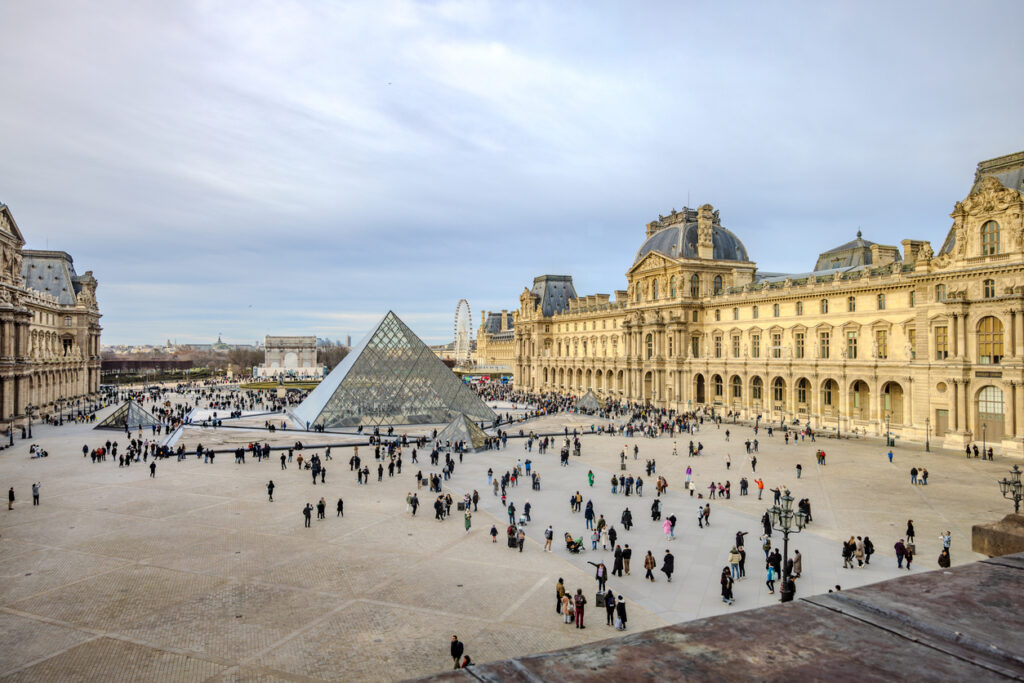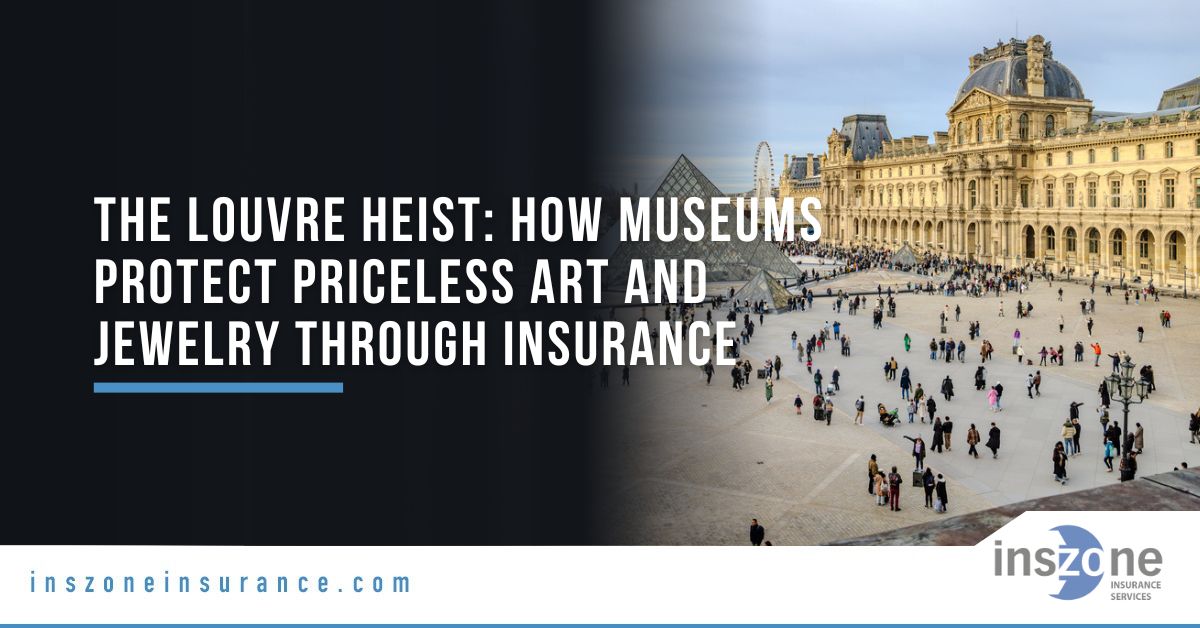The recent theft at the Louvre Museum — where armed thieves made off with imperial jewels belonging to Empress Eugénie and other French royals — has stunned the art world. Beyond the cultural loss and emotional blow to France, the heist raises an important question: what happens next from an insurance standpoint? When items of “immeasurable heritage value” are stolen, traditional reimbursement isn’t as simple as writing a check. Priceless artifacts can’t be replaced, but they can be insured — and most major museums, including the Louvre, carry specialized coverage designed for exactly these kinds of extraordinary events.
Do Priceless Jewels and Artifacts Have Insurance?
Yes — though not in the same way as your home or business might. Museums typically use fine art and collections insurance, which protects against theft, fire, natural disasters, accidental damage, and even terrorism. The coverage is tailored to reflect the insured object’s appraised or agreed value.
But when an item is considered a national treasure, its insurance is far more complex.
Some governments “self-insure” their collections, meaning the state assumes financial responsibility rather than buying private insurance.
Other institutions, particularly those displaying loaned items, rely on a combination of commercial fine art insurers and government-backed indemnity programs (in France, the Fonds National d’Assurance).
In either case, the goal isn’t just financial restitution — it’s recovery and preservation. In a loss like this, insurers often deploy art recovery specialists, data tracking, and coordination with law enforcement to locate and reclaim stolen items before they’re broken up or resold.
How Do Museums Insure Their Collections?
Museums face unique insurance challenges because their holdings can include everything from rare manuscripts to sculptures, paintings, and jewelry. Their insurance programs usually include:
- All-Risk Fine Art Coverage: Protects art whether on display, in storage, or on loan.
- Transit Coverage: Insures works in transit to or from exhibitions worldwide.
- Temporary Exhibition Insurance: Protects loaned pieces for a specific show.
- Terrorism or Political Risk Add-Ons: For high-profile collections and international exhibitions.
Insurers rely on expert appraisers and strict security protocols to determine coverage limits. A museum like the Louvre, which houses both publicly owned and loaned items, likely uses multiple policies that cover state-owned pieces, private loans, and restoration costs in the event of damage.
When “Priceless” Means Insured — But Not Replaceable
Even if insured, a loss like this one is far from simple. Once jewels or artifacts are stolen, the challenge becomes recovering them intact before they’re dismantled. As art recovery experts have noted, thieves often melt gold, recut stones, or break pieces apart to sell them anonymously.
In those cases, insurance helps fund investigations, recovery operations, and the restoration of damaged artifacts — but it can never fully replace what’s lost. For cultural institutions, that’s why risk management is just as important as coverage.
Modern Risk Management for Museums
The Louvre heist highlights the vulnerabilities that exist even in the world’s most prestigious museums. Reports indicate that one-third of the targeted gallery lacked working CCTV, and a localized alarm system was down for maintenance — costly lapses for a site holding treasures worth hundreds of millions.
Most museums now adopt a layered risk strategy that combines:
- Enhanced physical security and access control
- AI-assisted surveillance and motion detection
- Environmental monitoring (for fire, humidity, and structural integrity)
- Staff training and controlled access to collections
Insurers often require this as part of underwriting, helping museums minimize risk and qualify for better rates.

Lessons for Art Collectors and Institutions
The Louvre heist serves as a reminder for anyone managing valuable property — from private collectors to small galleries — that insurance isn’t just about money. It’s about preparedness, documentation, and ongoing risk assessment.
For any fine art or high-value asset policy, experts recommend:
- Keeping detailed photographic and written inventories
- Verifying appraisal values annually
- Reviewing alarm and security system maintenance logs
- Ensuring transit and exhibition coverage are active when pieces travel
A Priceless Reminder
Insurance can’t replace the cultural heritage of France’s crown jewels, but it can help ensure recovery efforts are swift, coordinated, and well-funded. For institutions large and small, the Louvre heist is a vivid reminder that even the most “secure” spaces require constant vigilance — and that smart risk management is the true guardian of art.





